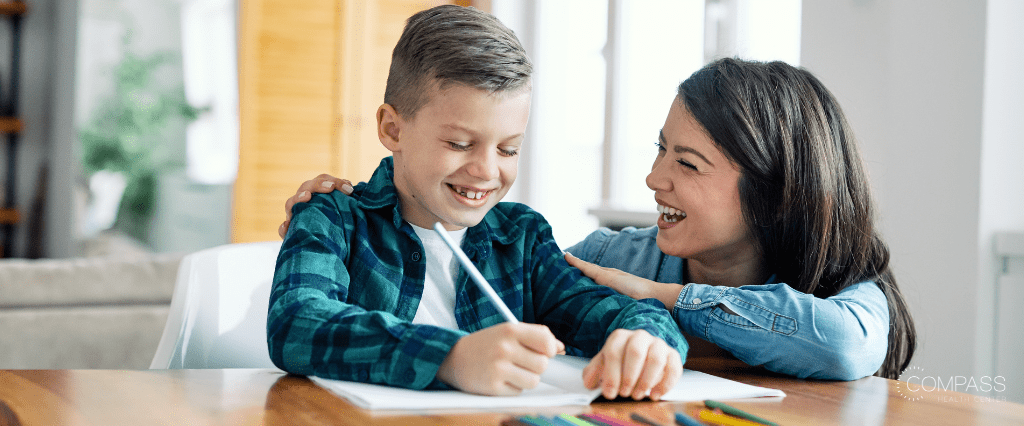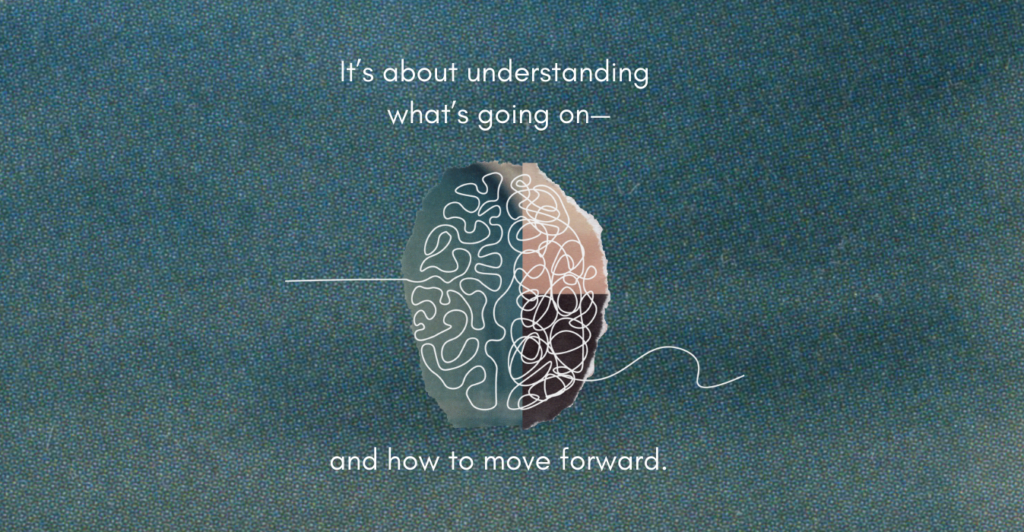
How to Overcome Back-to-School Anxiety: A Family Guide to Balancing Structure and Self-Care
Breaks in routine and structure are occurrences that many look forward to as they can provide an opportunity to focus on and engage in activities we don’t typically make time for, such as rest, family or extra social time, and self-care. Extended breaks and unstructured time can also contribute to challenges for children, teens, and families.
Unstructured time can lead to boredom, increasing the potential for “lapse” or urges to engage in unhelpful behaviors such as cycling through automatic negative thoughts, lashing out, substance use, overuse of screens, etc. Prolonged unstructured time can also break the rhythms and momentums we are used to that keep us on track and can be hard to re-establish once broken for significant lengths of time.
The Importance of Balancing Breaks and Routine
Finding balance in structured vs. unstructured time is important. Doing so provides an opportunity for individuals to relax with downtime, increase their ability to tolerate the feelings and emotions that come with boredom and find comfort in a sense of security and certainty with predicted routines (ex: waking up around the same time each day, extracurricular activities scheduled on certain days, expectation to power down electronics at same time each day, etc.).
Recognizing Signs of School-Related Anxiety
While seasonal school breaks provide an opportunity for a much-needed reset, time with loved ones, opportunities to engage in meaningful activities, etc., returning to school and routines might lead to an increase in anxiety. This will vary by individual and might be connected to fears around anticipation of re-engaging with responsibilities (homework/tests/chores), peers, time away from preferred activities or environments and navigating changes in routines or expectations.
While some individuals may vocalize these thoughts and feelings, others may internalize them. Signs that your child might be experiencing anticipatory anxiety around returning to school might be: avoiding the topic of school, vocalizing their plan to avoid/refuse school, asking to delay their return, isolating, lashing out, etc.

Strategies for a Smooth Transition to School
Coping ahead for a return to school (or any change in routine) can help to set a family up for success.
Here are eight helpful tips for navigating these changes:
- Acknowledge the anticipated change in routine, well in advance.
- Ask your child how they are feeling about returning to school. Challenge them to elaborate if you are met with words like “fine.” Encourage them to consider what they are most looking forward to and what they are worried about.
- Validate their emotions.
- Identify what specifically is going to change in their routine (ex: We agreed that during winter break, you would be able to sleep in and would have more time on screens. When school begins next week, you’ll need to return to your previous scheduling of waking up at 6 AM and powering down screens at 8 pm).
- Collaborate and align on what their (and your family’s) new routine will look like (ex: maybe they want to have an opportunity to wake up independently vs. having you wake them up).
- Practice a gradual transition to this plan. Rather than starting the new schedule on the first day of school, slowly integrate this plan at home. For example, you can start by moving up the time your child wakes up by 30 minutes each day.
- Cope Ahead: Discuss how your child might be able to navigate anticipated stressors and how you can support them.
- Check In: Once the new routine has begun, check in with your child about how it is going. What is working? What is challenging? Does anything need to be adjusted? Is there any way that you can support in setting them up for success?
No matter how prepared you are for a switch up in your routine, change is uncomfortable. Anticipate that there will be bumps and know that these are opportunities to build resilience together.
Addressing the Ripple Effect on Family Dynamics
When one member of a family has a change in their routine/schedule, it impacts the entire family system. Consider engaging in a “week at a glance” conversation where everyone identifies what their schedule is going to look like, identify any anticipated stressors and what they are looking forward to. Cope ahead for how everyone might navigate this independently or with the support of one another such as packing lunch at night, setting time aside to exercise, journaling, practicing mindfulness, etc.

Building Resilience through Routine and Support
Establishing and maintaining routines that incorporate a balance of responsibilities, self-care and leisure activities supports emotion regulation. Anxiety is a normal part of everyday life, especially when change is present. Routines provide an opportunity to stay organized, experience predictability, reduce anxiety and experience a sense of control. Figuring out what works for you, your children and your family takes time, practice and patience. It’s a trial and error process. A new year is the perfect opportunity to try out some of the tips above to start the process for your family.
Want to have a copy of the tips on-hand? Download them here!


